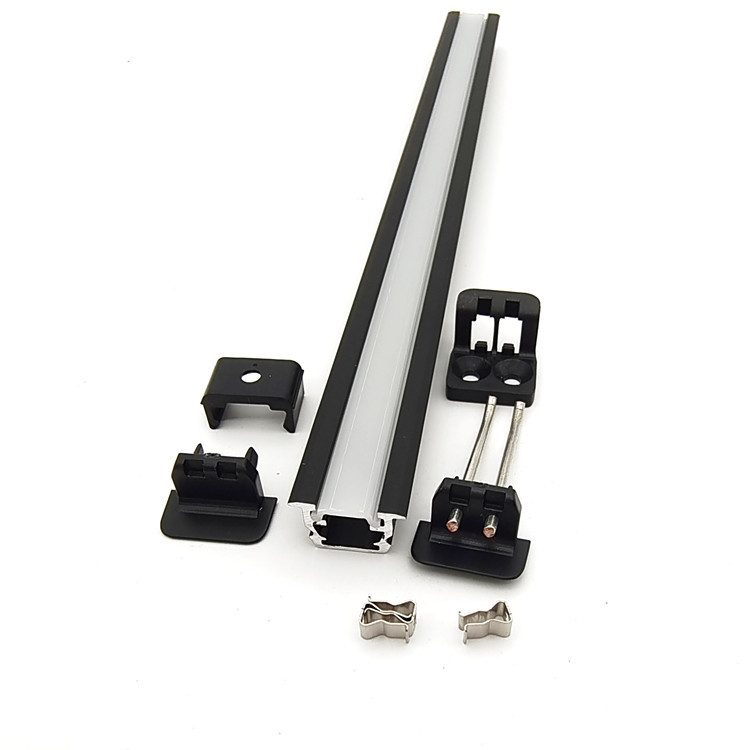- English
- Español
- Português
- русский
- Français
- 日本語
- Deutsch
- tiếng Việt
- Italiano
- Nederlands
- ภาษาไทย
- Polski
- 한국어
- Svenska
- magyar
- Malay
- বাংলা ভাষার
- Dansk
- Suomi
- हिन्दी
- Pilipino
- Türkçe
- Gaeilge
- العربية
- Indonesia
- Norsk
- تمل
- český
- ελληνικά
- український
- Javanese
- فارسی
- தமிழ்
- తెలుగు
- नेपाली
- Burmese
- български
- ລາວ
- Latine
- Қазақша
- Euskal
- Azərbaycan
- Slovenský jazyk
- Македонски
- Lietuvos
- Eesti Keel
- Română
- Slovenski
- मराठी
- Srpski језик
The third factor affecting the toughening effect of plastic extrusion materials
2023-10-26

The third factor that affects the toughening effect of plastic extrusion materials is the bonding force between the two phases.
The good bonding force between the two phases can effectively transmit stress between the phases and consume more energy. Macroscopically, the overall performance of the plastic extrusion material will be better, especially the improvement in impact strength is the most significant. Usually this binding force can be understood as the interaction force between the two phases. Graft copolymerization and block copolymerization are typical methods to increase the binding force of the two phases. The difference is that they form chemical bonds through chemical synthesis methods, such as graft copolymerization. Branch copolymer HIPS, ABS, block copolymer SBS, polyurethane.
For toughening agent-toughened plastic extrusion materials, it is a physical blending method, but the principle is the same. An ideal blend system should be one in which the two components are both partially compatible and in separate phases. There is an interface layer between the phases. In the interface layer, the molecular chains of the two polymers diffuse each other and there is an obvious concentration gradient. By increasing the blending The compatibility between components enables good binding force, thereby enhancing diffusion and dispersing the interface, increasing the thickness of the interface layer. And this is the key technology for toughening plastic extrusion materials and preparing polymer alloys - polymer compatibility technology!
JE is a factory specializing in the production of plastic extrusion products, for more tube details, please refer to:
https://www.jeledprofile.com
For more details, please contact: sales@jeledprofile.com
Tel/Whatsapp/Wechat: 0086 13427851163



